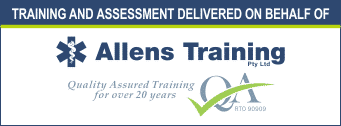Ever found yourself wondering if you should jump in and help someone who’s unconscious? I mean, we all know how important consent is these days. But what if they can’t actually give you the thumbs up to proceed? Let’s break it down and see what the deal is when it comes to giving first aid to someone who’s out cold. Let’s see if you can provide first aid.
Understanding Consent in First Aid
So, you’re ready to help, but you’re worried about the whole consent thing. Here’s some good news to ease your mind:
Implied Consent
In the world of first aid, “implied consent” is your best friend. If someone is unconscious, unresponsive, or can’t give explicit consent because of their condition, it’s assumed they’d want your help. This means you can go ahead and provide the necessary first aid without stressing over legal issues. It’s a pretty solid principle in many places, including Australia.

Good Samaritan Laws
Australia has got your back with its Good Samaritan laws. These laws are there to protect people like you who step in to help during emergencies. As long as you’re acting in good faith and not being grossly negligent, you’re in the clear. So basically, if you’re trying to help someone out, the law is on your side. Which is great, because otherwise people would be unlikely to help each other!

Steps to Take When Someone is Unconscious
Alright, so you’ve got the green light to help. Here’s what you need to do, step by step:
- Check for Danger: Before anything else, make sure the scene is safe for both you and the victim. Look out for hazards like traffic, fire, or anything that could put you at risk.
- Check for a Response: Gently shake their shoulders and ask loudly, “Are you okay?” No response? They’re probably unconscious.
- Call for Help: Dial emergency services ASAP. Give them all the info you can, like your location and what’s up with the unconscious person.
- Open the Airway: Tilt their head back and lift their chin to open the airway. This is key to making sure they can breathe.
- Check for Breathing: Look, listen, and feel for breathing. If they’re not breathing normally, it’s time for CPR.
- Start CPR: If they’re unresponsive and not breathing, start CPR right away. Place the heel of your hand on their chest, interlock your fingers, and press down hard and fast. Aim for 100-120 compressions per minute.
- Use an AED if Available: Got an Automated External Defibrillator (AED) nearby? Use it! Follow the device’s prompts; it’ll guide you through the process.
- Continue Until Help Arrives: Keep going with CPR and the AED until emergency services take over or the person shows signs of recovery.
Why Immediate Action is Crucial
When someone’s unconscious and not breathing, every second is crucial. Brain cells start dying within minutes without oxygen, which can lead to permanent damage or even death. Jumping into action with first aid can make all the difference, keeping them alive and giving them a better shot at recovery.
Common Causes of Unconsciousness

Knowing what can cause unconsciousness helps you react better:
- Cardiac Arrest: The heart suddenly stops. Immediate CPR is a must.
- Stroke: Blood flow to the brain gets interrupted. Look out for signs like facial drooping, arm weakness, and slurred speech.
- Severe Trauma: Accidents or falls can knock someone out. Be careful with their neck and spine if you suspect a head injury.
- Diabetes: Extremely high or low blood sugar levels can cause unconsciousness. Look for medical ID jewelry or info.
- Drug Overdose: Overdoses can slow down the central nervous system, leading to unconsciousness. First aid and a quick call to emergency services are crucial.
How to Prepare Yourself
Being ready for these situations can make a huge difference. Here’s how to get prepared:
- Take HLTAID011 Provide First Aid Course : This course will give you the know-how and confidence to act fast. Our HLTAID011 Provide First Aid course covers CPR, using an AED, and handling various emergencies. At My First Aid Course Brisbane, we’re proud of our top-notch reviews and super convenient courses. Flexible schedules and central locations make it easy for you to get certified.
- Keep Your Skills Updated: Regularly brush up on your knowledge and skills with additional training and practice. We offer ongoing learning opportunities so you’re always ready.
- Stay Informed: Follow the latest first aid guidelines from reliable sources like the Australian Resuscitation Council (ARC) and Safe Work Australia. We keep our course material up to date with the latest standards.
- Carry a First Aid Kit: A well-stocked first aid kit is a lifesaver. Our courses give you practical tips on what to include and how to use everything effectively.

Empower Yourself Through Training
In an emergency, knowing what to do can save lives. Providing first aid to someone unconscious isn’t just about following steps; it’s about being prepared and confident to take action. By taking a provide first aid course, especially the HLTAID011 Provide First Aid course with My First Aid Course Brisbane, you arm yourself with essential skills, ready to help when it matters most. Your actions can make a significant difference, turning a potentially tragic situation into a story of survival and recovery. Sign up today and become one of Brisbane’s best-prepared individuals.







